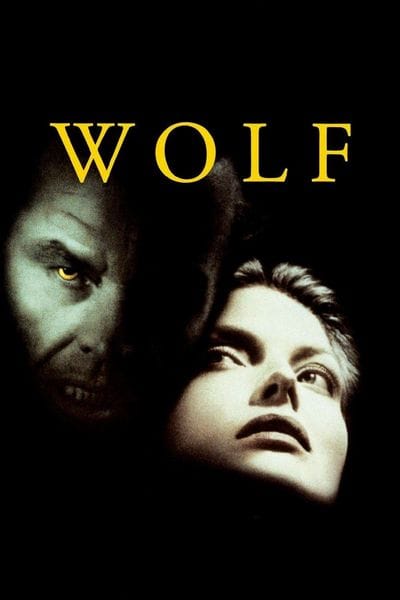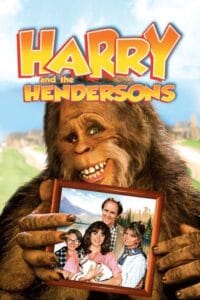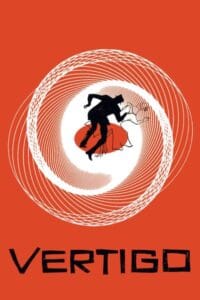Have you ever wondered where iconic films capture their stunning visuals? The movie Wolf, released in 1994, is no exception, featuring a rich tapestry of locations that enhance its narrative. Set against the backdrop of a world where the environment can significantly influence mood, theme, and character development, the locations chosen for Wolf are not merely settings; they are integral to the storytelling process.
From the bustling streets of New York City to the serene landscapes of the countryside, each chosen site plays a crucial role in creating the film’s unique atmosphere. The cinematography, combined with the carefully selected locations, transports viewers into a realm that straddles the line between the ordinary and the supernatural.
But where exactly were these captivating scenes filmed? What elements contribute to the significance of these locations in relation to the characters’ journeys? In this article, we will explore the various filming locations of Wolf, delving into the fascinating details that help construct the film’s atmosphere and enrich its narrative, while also shedding light on how each environment shapes the characters’ experiences and transformations throughout the movie.
City Locations
The filming of Wolf primarily took place in two major cities: New York City, NY, and Los Angeles, CA. New York City serves as an emblem of sophistication and power, reflecting the high-stakes world of publishing, while Los Angeles lends itself to the movie’s more secluded and raw moments. These cities not only provide a stark contrast in lifestyle but also enhance the film’s plot through their distinctive architectural styles and cultural landmarks.
New York City, NY
As a vibrant metropolis, New York City is depicted in Wolf through its skyscrapers, bustling streets, and luxurious settings. Locations like the iconic Central Park represent a blend of urban beauty and nature, fitting for a story that explores the coexistence of civilized life and primal instincts. The film often showcases the juxtaposition of urbanization against the wilderness, making the city a character in its own right.
Los Angeles, CA
Los Angeles, often associated with glamour and Hollywood, serves as the backdrop for more intimate and secluded scenes in Wolf. The city’s modern architecture and scenic landscapes provide a stark contrast to the fast-paced life of New York. The serene yet eerie vibe found in LA’s locations underscores the film’s tension, creating a compelling atmosphere for the story to unfold.
Location Types
The diverse array of location types in Wolf plays a pivotal role in shaping its narrative. From architectural marvels to opulent mansions, the film effectively uses various buildings and settings to reflect the characters’ social status, emotional states, and underlying tensions.
Architectural
The architectural elements in Wolf reflect a blend of modern and traditional influences, showcasing luxurious homes and offices that hint at the characters’ wealth and aspirations. The carefully chosen buildings enhance the film’s aesthetic, offering viewers a glimpse into the high-stakes world of publishing and corporate power.
American
American locations capture the essence of the film’s narrative, showing a connection to the cultural identity and complexities of living in a big city. The choice of locations highlights the American Dream while simultaneously exposing the darker themes that reside within it.
House
The use of homes in Wolf serves to illustrate the characters’ private lives and inner struggles. As characters grapple with their identities and desires, the homes they inhabit become reflections of their emotional turmoil and evolving relationships.
Mansions
Mansions in Wolf depict the upper echelons of society, serving as a stark reminder of wealth and power. These grand settings create a rich atmosphere filled with intrigue and tension, reinforcing the film’s themes of ambition and the potential descent into chaos.
Victorian
The Gothic/Victorian architecture featured in Wolf contrasts sharply with the polished modernity of the corporate world. This marriage of styles adds layers of meaning to the film, reflecting the struggle between civilized demeanor and our primal urges.
Hotels
Hotels act as transitional spaces within the film, representing a liminal zone where the characters confront their darkest fears and desires. The transient nature of hotels amplifies the film’s themes of isolation and transformation, making these locations key to character development.
Buildings/Offices
The office settings in the film underscore the cutthroat world of publishing, where power struggles and manipulation abound. The stark, contrasting environments heighten the tension and sharpen the focus on the characters’ machinations.
Location Styles
The styles of the locations in Wolf are as varied as the characters themselves. Each setting contributes to the film’s tone and narrative direction, engaging viewers by visually immersing them in the storyline.
Americana/Anywhere America
The depiction of Americana in Wolf resonates with the viewer, creating a sense of familiarity and connection. By showcasing quintessential American locations, the film evokes nostalgia while simultaneously delving into the complexities of modern life and its inherent conflicts.
Gothic/Victorian
The Gothic and Victorian influences present a darker, more enigmatic layer to the film’s storytelling. These styles serve as a reminder of the duality of human nature: the elegant facade that masks underlying savagery, effectively enhancing the film’s tension.
Hotel/Motel Style
With their implications of transience and discomfort, the hotel and motel settings evoke a sense of unease. These styles create an atmosphere where characters confront their fears in liminal spaces, emphasizing the thematic explorations of identity and transformation.
Office Building Style
The stark office building designs encapsulate the cold, impersonal nature of corporate life. This setting complements the ruthless dynamics at play within the publishing world, driving the narrative forward as characters seek power, recognition, and, ultimately, redemption.
About Wolf
Wolf transcends the boundaries of a typical supernatural thriller, delving deeply into the complexities of human nature and the intricate fabric of societal norms. By exploring thought-provoking themes of duality, identity, and primal instincts, the film takes viewers on a compelling journey through its richly crafted settings that are both visually stunning and symbolically significant. Each scene is meticulously designed to enhance the narrative, immersing the audience in a world where the line between human and animalistic behavior blurs. As we navigate through the lavish and stark environments, from opulent mansions to desolate landscapes, we gain a deeper understanding of the characters and their motivations, uncovering the psychological struggles that drive them. This exploration invites viewers to reflect on their own identities and the inherent conflicts within, making Wolf not just a film, but a profound experience that lingers long after the credits roll.
Wolf Locations
The locations featured in Wolf are not merely backdrops; they play an integral role in the storytelling process. Each space is meticulously chosen to reflect the moods and themes of the film, creating a dynamic interplay between character and environment. Whether in bustling urban cities or secluded, atmospheric settings, the locations in Wolf significantly enrich the narrative.
The office scene in Wolf
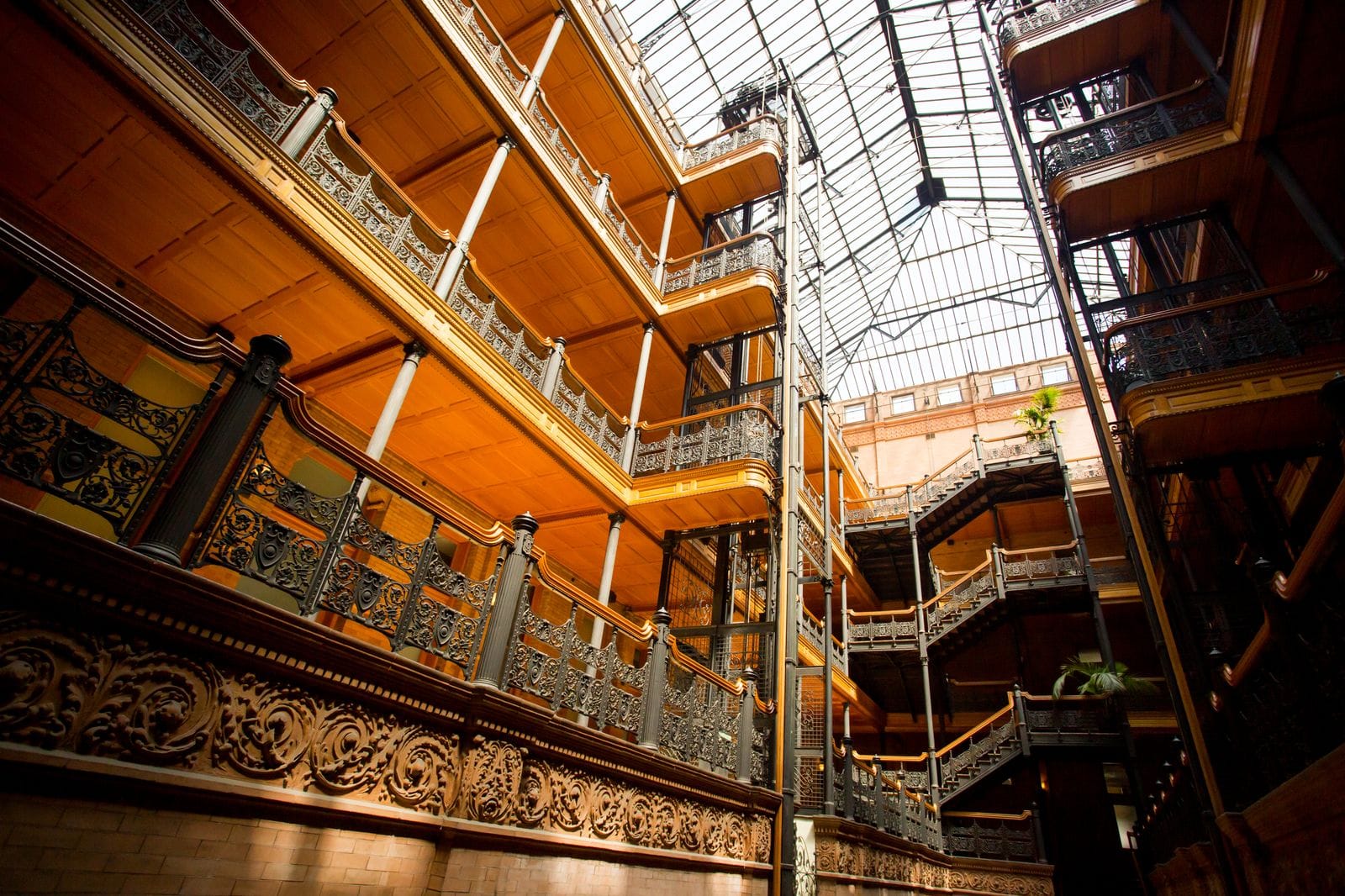
The office scenes in Wolf serve as the battleground for power and manipulation, highlighting the cutthroat nature of corporate life. The stark and clinical design of the buildings not only creates a visually striking backdrop but also accentuates the high-pressure environment in which the characters operate. Each office space is meticulously crafted, characterized by cascading lights that cast sharp shadows, glass walls that reflect both the characters and their ambitions, and polished surfaces that gleam coldly under fluorescent lighting, all of which amplify the tension in every interaction. As characters maneuver through these intimidating landscapes, navigating the intricate web of alliances and betrayals, viewers witness an intense struggle for dominance and survival in a world where every decision carries significant weight and consequences. The design elements serve as a constant reminder of the stakes involved, immersing the audience deeper into the psychological drama unfolding within these walls.
Raymond Alden’s party scene in Wolf

The party scene featuring Raymond Alden encapsulates the film’s exploration of social dynamics and intrigue. Set in a lavish mansion, the gathering serves as a microcosm of the power struggles that underpin the narrative. Here, characters reveal their true intentions amidst a backdrop of opulence and glamour. The contrast between the celebratory ambiance and the underlying tensions sets the stage for critical character interactions, making it one of the film’s most memorable moments.
The hotel scene in Wolf
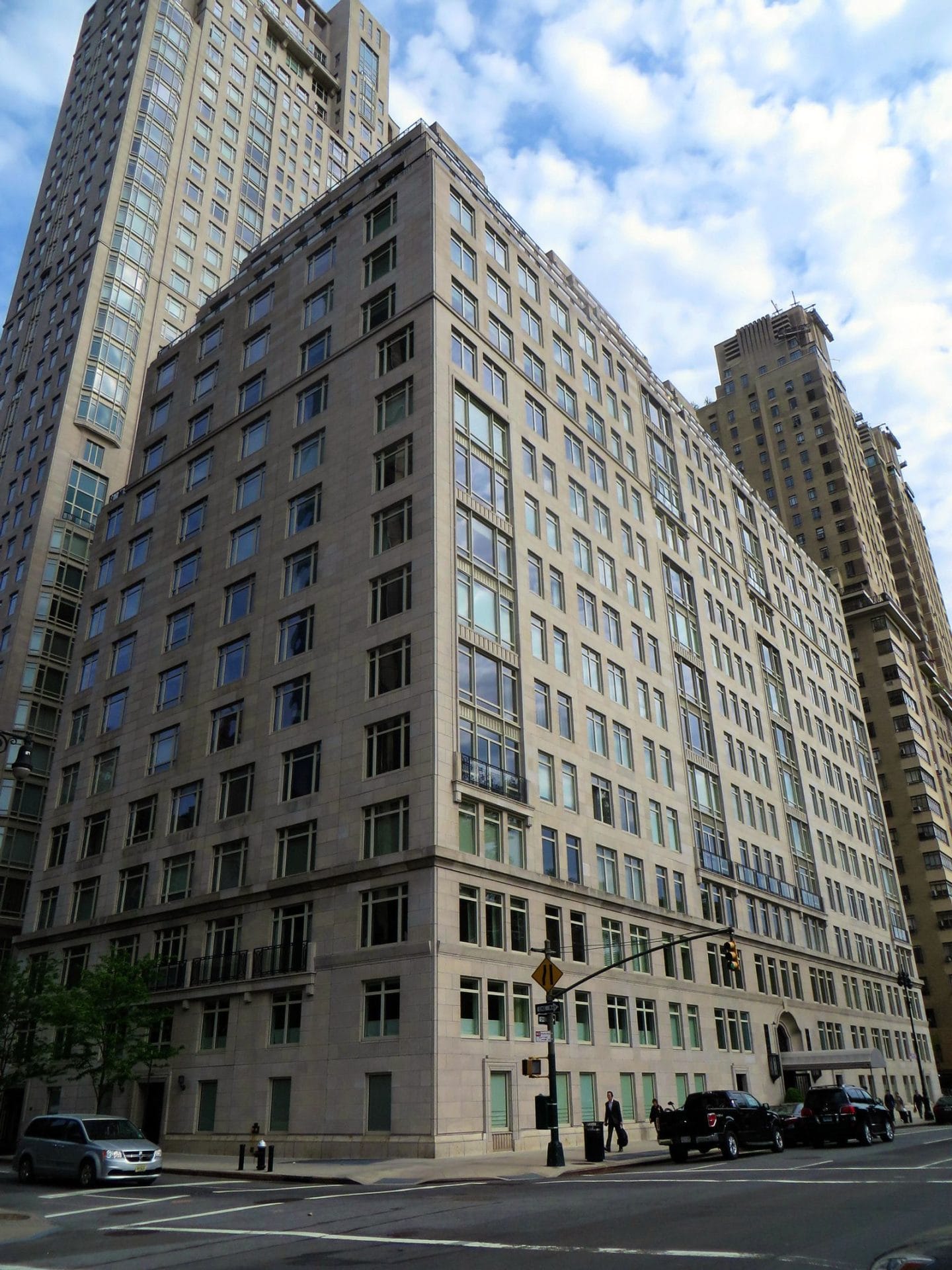
In the hotel scene, a profound sense of unease permeates the air as characters confront their inner demons within the transient space. This hotel, with its shadowy, dimly lit hallways and claustrophobic atmosphere, serves not just as a backdrop but as a character in itself, emphasizing the isolation and vulnerability of its occupants. Each creak of the floorboards and flicker of the lights adds to the tension, creating an environment where the familiar becomes unsettling. As the characters navigate through this liminal zone, they are pushed to their limits—each room holds a reflection of their struggles, and every encounter forces them to confront truths they’ve long avoided. In this pressure cooker of emotions and revelations, they undergo transformations that are both surprising and profound, reshaping their identities in ways they never anticipated.
The climactic chase scene in Wolf
Set within a maze-like Victorian library, the climactic chase scene is both thrilling and symbolic. The Gothic architecture adds an element of suspense as characters race towards their ultimate confrontation. Here, viewers witness a literal and metaphorical descent into darkness as hidden desires and secrets are revealed. This final location serves as an essential setting for the film’s resolution, bringing together the various themes and character arcs in a visually stunning sequence. Overall, the locations in Wolf are integral to its storytelling, serving as an extension of the characters and their inner struggles. Through these environments, viewers gain a deeper understanding of the film’s themes and are taken on a captivating journey through the darker aspects of human nature. So, it is safe to say that Wolf is not just a film, but a visual and atmospheric experience that leaves a lasting impression on its viewers.
Overall, the locations in Wolf are integral to its storytelling, serving as an extension of the characters and their inner struggles. Through these environments, viewers gain a deeper understanding of the film’s themes and are taken on a captivating journey through the darker aspects of human nature.
Final thoughts
The diverse locations in Wolf are not just backdrops; they are pivotal in shaping the narrative and enriching its themes. From the hustle and bustle of busy offices to the eerie isolation of remote hotels, each setting weaves depth and complexity into the film’s storyline. With stunning and meticulous production design, Wolf transports viewers into a captivating world that holds them spellbound from beginning to end. So, the next time you dive into Wolf, take a moment to appreciate how these locations amplify the film’s impact. And just like its intriguing characters, lose yourself in this hauntingly beautiful exploration of duality and transformation.
Remember: in Wolf, everything is not as it seems.
Keep your eyes peeled for hidden meanings and symbolism within these carefully crafted environments. With its masterful use of locations, Wolf shows us that sometimes the most intriguing stories are found not only in words but also in the spaces between them.

